With Erik Persson (CTI & The Pufendorf Institute of Advanced Studies, Lund)
Abstract: Finding a good definition of ‘Life’ is a task that has turned out to be very difficult. Some say, it is even impossible, or at least meaningless. We believe both that it is possible, and that it is in fact crucial to achieve at least a tentative definition of ‘Life’, especially when searching for the origin of life on our earth or for extraterrestrial life. We are not sure, however, that the classical way of approaching the task of defining ‘Life’, that is, by trying to make a list of necessary properties that together makes up a sufficient set of criteria for being alive (a de redefinition), is the best way of approaching the task, however. The main problem with this type of definition is that it is inherently essentialistic. It is doubtful, however, that life as it is understood today, that is, in Darwinian terms, can be meaningfully said to have an essence. An alternative approach would be Wittgenstein’s family resemblance definition, according to which a concept is defined by a cluster of properties that are associated with the concept. If we use this concept to define Life’ it tells us that something is alive if it has a number of properties that are associated with being alive though it does not have to have all these properties and it does not have to have exactly the same set of properties as any other living entity. In our paper we present an extension of the family resemblance model by combining it with state of the art methods for statistical modelling in the form of cluster analysis. That way we hope to be able to construct the kind of overlapping clusters needed to achieve an informative and practically useful definition of ‘Life’.

